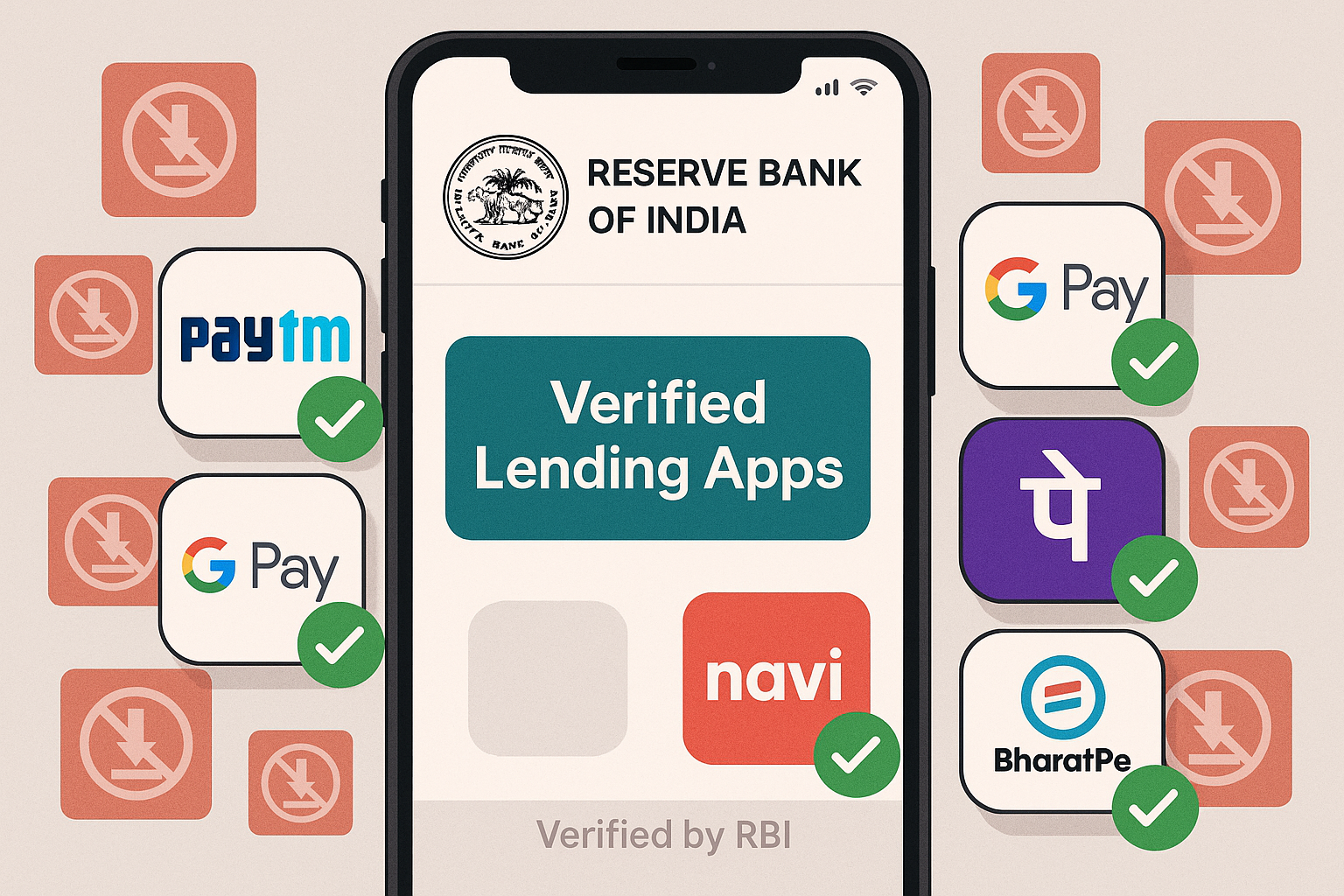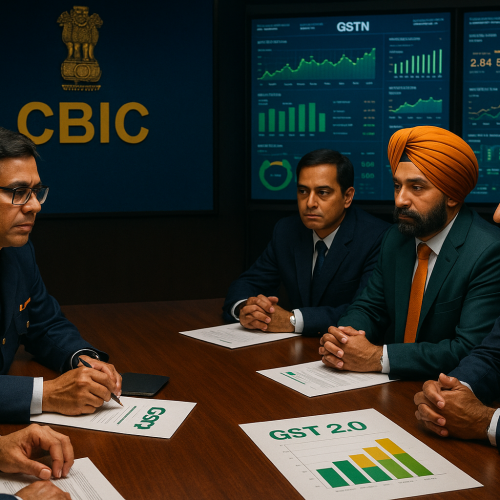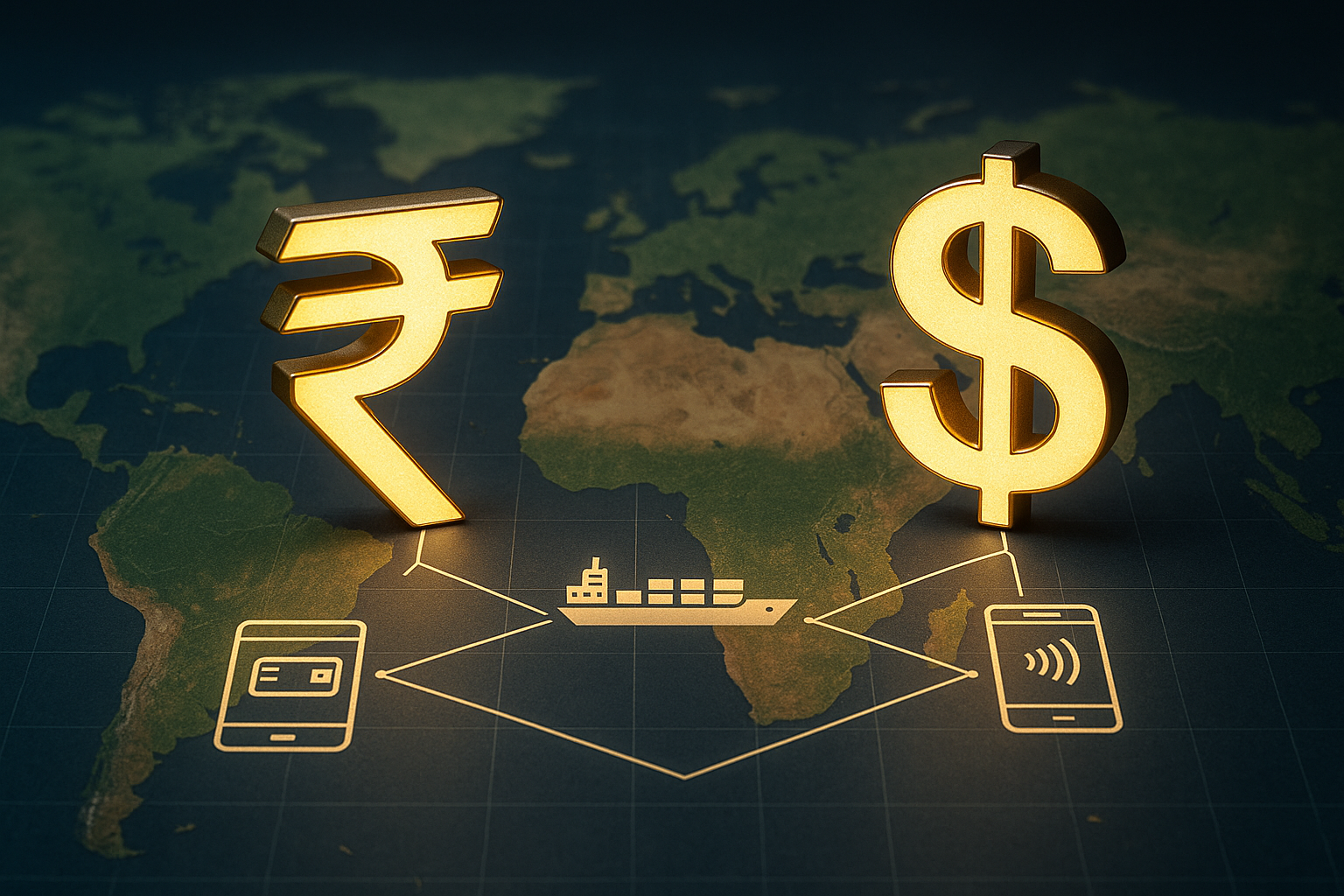In a major step toward curbing fraudulent digital lending activity, the Reserve Bank of India (RBI) has officially released a comprehensive whitelist of legal digital lending apps (DLAs) on its website. Featuring over 1,600 apps linked to regulated entities, the initiative aims to promote transparency, empower consumers, and stem the proliferation of predatory lending platforms that have plagued India’s fintech ecosystem in recent years.
Background and Context
India’s digital lending sector—once hailed for financial inclusion—faced a credibility crisis with the rise of illegal lending apps, often hosted on mainstream app stores, offering usurious interest rates, data misuse, and harassment of borrowers. Responding to public outcry and multiple law enforcement crackdowns, the Finance Ministry in September 2022 directed the RBI to compile a whitelist of legitimate apps, while the Ministry of Electronics and IT (MeitY) was tasked with ensuring only those were hosted on digital marketplaces like Google Play and Apple App Store.
The RBI’s 2023 digital lending guidelines emphasized greater transparency, requiring all regulated entities (REs)—such as banks and NBFCs—to register their DLAs through the Centralised Information Management System (CIMS). The new list, hosted on the RBI portal, is automatically updated based on entries made by these REs, although the central bank clarifies it does not validate each app individually.
Key Highlights from the RBI’s DLA List
Total DLAs listed: ~1,600
Notable platforms included:
Google Pay
PhonePe
Paytm
BharatPe
Axio
Navi
LendingKart
Linked to: Regulated banks, NBFCs, and fintech partnerships
Real-time updates: Based on RE submissions to the CIMS portal
“Consumers can now cross-verify digital loan apps before engaging. This protects both borrowers and the ecosystem,” said a senior RBI official.
Implications for Consumers and Fintechs
✅ For Consumers
Instant Verification: Customers can now check whether a DLA is legitimate on the RBI website
Greater Transparency: Verified apps must disclose interest rates, terms, and grievance redressal
Protection from Predatory Lending: Reduces risk of harassment, overcharging, and data misuse
⚠️ For Fintechs
Mandatory Reporting: All digital lending partnerships must be disclosed by REs
De-platforming Risk: Apps not on the list may face removal by app store operators
Increased Compliance: Apps must follow RBI norms on KYC, data storage, and fair lending practices
Industry Reaction and Social Media Buzz
@FintechIndiaForum
“RBI’s DLA whitelist is a gamechanger for consumer safety. Finally a shield against shady lending apps. #DigitalLending #RBI #Fintech”
@SafeDigitalFinance
“1,600+ legal lending apps now listed on RBI’s portal. Check before you borrow. This is how financial ecosystems grow responsibly. #DLAs #ConsumerProtection”
@MeitYIndia
“Collaborating with RBI to ensure app stores host only verified lending platforms. Transparency and tech must go hand in hand. #DigitalIndia”
Challenges Ahead
Platform Enforcement: It remains to be seen how swiftly app stores remove unverified apps
Data Literacy Gap: Rural and first-time borrowers may still fall prey to fraud without outreach programs
Name Cloning: Some illegal apps mimic names of verified players, making detection tricky
Regulatory Burden: Smaller fintechs may struggle with continuous compliance submissions
Future Outlook
App Store Whitelist Filters: Google and Apple are expected to integrate RBI’s DLA list into their backend for pre-approval
Public Awareness Campaigns: RBI and NPCI likely to launch consumer education drives in regional languages
Enhanced Monitoring: AI-based systems may soon flag suspicious apps attempting to bypass the whitelist system
DLA Rating System: Discussions are underway to introduce a trust score for apps, based on complaint resolution and transparency
Conclusion
The RBI’s release of a full list of legal digital lending apps marks a watershed moment for digital finance governance in India. As fintech continues to scale, regulators are setting a global precedent for data-driven, consent-based, and transparent financial ecosystems. For consumers, this list is not just a directory—it’s a safety net, a step toward a cleaner, fairer digital credit market.












